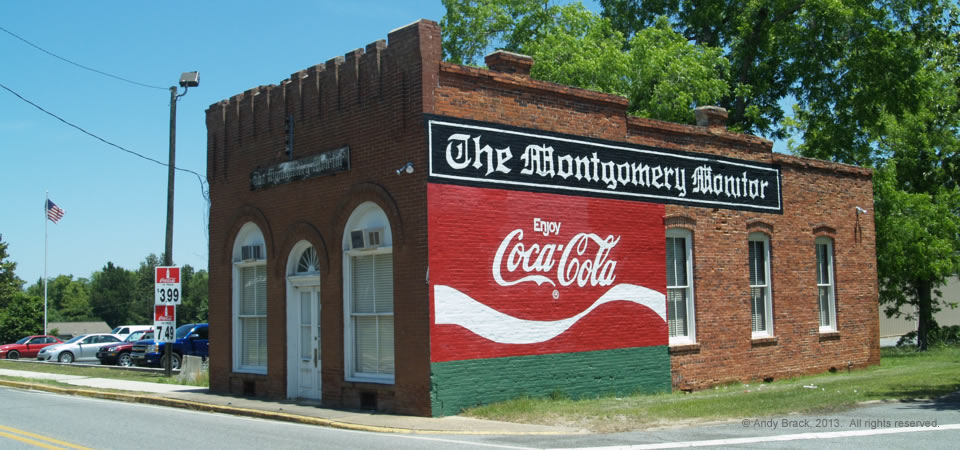
This imposing, empty old farm house dominates a hilly cow pasture outside Gasburg, Va., near the intersection of Spraggins and Oak Grove roads.
Several people who viewed the photo said it reminded them of Andrew Wyeth’s famous 1948 painting “Christina’s World” — just without Christina.
A post office deliveryman said he recently saw a black bear chasing cows on the property where last week butterflies swarmed around blooming milkweed and Queen Anne’s lace.
Gasburg is in rural Brunswick County, a farming area on the North Carolina border with more than 17,000 residents. Like most Southern Crescent counties, poverty exceeds 20 percent.
Copyrighted photo taken July 24, 2013, by Andy Brack, Center for a Better South. All rights reserved.










